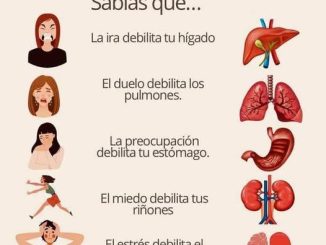Why Does Your Skin Get Goosebumps and What Causes It?
The phenomenon of raised skin, also known as “goosebumps” or piloerection, is a natural response of the body that occurs when small muscles called arrector pili muscles, located at the base of hair follicles, contract. This process causes the hairs to stand up, creating that characteristic appearance. Although it may seem trivial, it has evolutionary roots and is linked to various emotions and physical stimuli.
Causes of Ruffled Skin
: Cold: The skin ruffles as a defense mechanism against low temperatures. When the body detects cold, the arrector pili muscles contract to raise the hairs, creating a layer of trapped air near the skin that acts as insulation. This process, most useful in animals with dense coats, is of limited use in humans due to the limited amount of body hair.
Intense emotions: Feelings such as fear, nostalgia, or euphoria can trigger piloerection. This occurs because the autonomic nervous system, specifically the sympathetic nervous system, releases adrenaline in response to these emotions. This hormone prepares the body to react quickly, causing the erector muscles of the hair shaft to contract.
Music and art: Some people experience goosebumps when listening to exciting music, witnessing a powerful work of art, or reliving significant memories. This phenomenon, known as “emotional frisson,” is linked to the release of dopamine in the brain, a substance that generates pleasure and satisfaction.
Fear or danger: In threatening situations, the body goes into survival mode. The skin prickles as part of the “fight or flight” response, causing the hairs to stand up. In animals, this makes them appear larger and more dangerous to predators, a mechanism that doesn’t have the same effect on humans.
Fun Facts About Goosebumps
Although it no longer serves as obvious a purpose in humans as it does in other mammals, goosebumps are a reminder of our evolutionary connection to the animal kingdom. Furthermore, this phenomenon demonstrates how the body reacts automatically and in complex ways to physical and emotional stimuli.
The next time your skin prickles, remember that it’s more than just a reflex; it’s a vestige of our ancestors and a window into the connection between the body and emotions.


